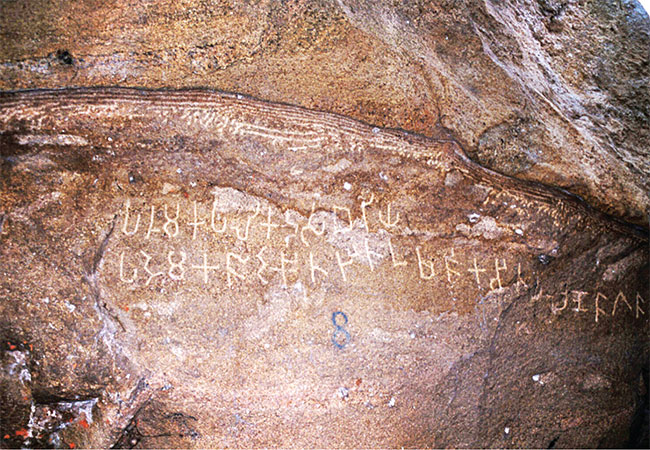Sri Lanka, an island nation with a history spanning thousands of years, is home to some of the most remarkable ancient rock inscriptions in the world. These inscriptions, carved onto cave walls, stone slabs, and rock surfaces, provide a wealth of knowledge about the island’s past, including its rulers, religious practices, language evolution, and socio-political structures. These engravings, written primarily in early Brahmi script and later evolving into Sinhala and Tamil, stand as historical milestones that bridge the past with the present.
The Historical Significance of Rock Inscriptions
The rock inscriptions of Sri Lanka serve as primary historical records that shed light on various aspects of ancient society. They reveal details about the early settlements, monastic donations, land grants, taxation policies, and even everyday life during different periods of Sri Lankan history. The majority of these inscriptions are associated with Buddhist monasteries, as they often recorded royal and lay donations to the monastic community.
Locations of Major Rock Inscriptions
Sri Lanka boasts numerous rock inscriptions scattered across its historical sites. Some of the most significant locations include:
- Mihintale – Considered the cradle of Buddhism in Sri Lanka, Mihintale contains rock inscriptions that date back to the 3rd century BCE, detailing donations to Buddhist monks.
- Anuradhapura – The ancient capital of Sri Lanka is home to several rock inscriptions that provide insights into the political and religious landscape of the time.
- Sigiriya – Famous for its frescoes and the mirror wall, Sigiriya also has graffiti inscriptions from the 6th to 14th centuries, left by visitors who admired the artwork.
- Dambulla – The cave temple complex features inscriptions related to royal patronage and religious dedications.
- Ritigala – This isolated forest monastery has inscriptions that reveal the monastic regulations and contributions by kings and wealthy donors.
- Yapahuwa – The inscriptions here shed light on the military and administrative activities during the medieval period.
Evolution of Script and Language
The earliest rock inscriptions in Sri Lanka were written in the Brahmi script, introduced to the island around the 3rd century BCE. Over time, this script evolved into early Sinhala and later into medieval Sinhala and Tamil. These inscriptions not only document linguistic changes but also provide crucial evidence for the development of Sri Lankan culture and society.
Types of Rock Inscriptions
Rock inscriptions in Sri Lanka can be categorized into several types based on their content and purpose:
- Donative Inscriptions – These inscriptions, often found in caves and temple sites, record donations made by kings, nobles, and commoners to Buddhist monks.
- Royal Inscriptions – Issued by monarchs, these engravings document decrees, laws, and administrative records.
- Commemorative Inscriptions – These highlight significant events, including victories in battles or the construction of religious monuments.
- Graffiti Inscriptions – Found mainly at sites like Sigiriya, these were written by visitors expressing admiration for artistic and architectural marvels.
Contributions of Rock Inscriptions to Sri Lankan History
Rock inscriptions have played a crucial role in reconstructing Sri Lanka’s ancient history. They provide authentic evidence of past rulers, their lineage, governance systems, religious affiliations, and socio-economic conditions. Some inscriptions also confirm the interactions between Sri Lanka and other ancient civilizations such as India, China, and Rome, highlighting its role as a major trading hub in the Indian Ocean.
Preservation and Challenges
Despite their immense historical value, rock inscriptions face threats due to natural erosion, vandalism, and urban development. Efforts have been made by Sri Lanka’s Department of Archaeology and UNESCO to document, preserve, and protect these invaluable historical assets. The digital archiving of inscriptions has also become a priority in recent years to ensure their accessibility for future generations.
Rock inscriptions in Sri Lanka serve as enduring testaments to the island’s rich and diverse history. These engravings offer glimpses into the lives of ancient Sri Lankans, their cultural and religious practices, and their governance. As modern advancements in archaeology and epigraphy continue to unfold, these inscriptions will undoubtedly remain key to unlocking new aspects of Sri Lanka’s fascinating past.
